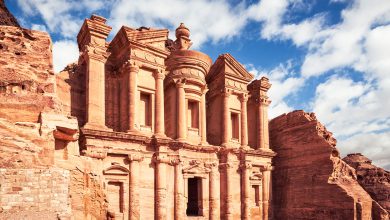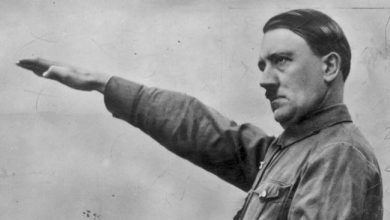
In Primordial Greece, there is no structure that represented democracy and elegance like the Parthenon, an elegant temple sitting on top of a hill that attracted onlookers. Not long ago, Ellie Diaz, of the American Library Association, took on a new meaning when she recreated the Parthenon in Germany’s famous public square— constructed completely out of banned books.
The Parthenon of Books is a product of the 74-year-old Argentinian artist, Marta Minujín. She has been calling on the public to contribute as many as 100,000 books for her installation. When it is finished, it will be built in Kassel, Friedrichsplatz Park, Germany. On May 19, 1933, Nazi party members set fire to around 2,000 books in this place on the supposed Campaign against the Un-German Spirit (Aktion wider den undeutschen Geist).

The park was not the sole place where books were historically burned in the country. Books were gathered and made into huge bonfires all over Germany across May of 1933 in a succession of movements by right-wing pupils and Nazi party members at destroying “un-German” books which include anti-nationalist, “dissolute”, or Jewish bombast.
With students’ help from the Kassel University, the Argentinian identifies more than 170 titles which were or are prohibited in several countries around the world and built the full-size replication of the famous temple from the said books, plastic sheeting, and construction steel.



Adolf Hitler’s “Mein Kampf” — what probably is the country’s most controversial book — will not appear on the Parthenon. And this is for a very good reason: the German Nazis were scandalous inspectors of books.
This wasn’t her first installation. In fact, in 1983, she constructed a parthenon of books to acknowledge the collapse of Argentina’s dictatorship.

After the El Partenón de Libros, 2 cranes titled the building on its side and people were able to obtain the books. This is also her plan for her second Parthenon which has been displayed since June 10, 2017, and will continue till the next 100 days.





